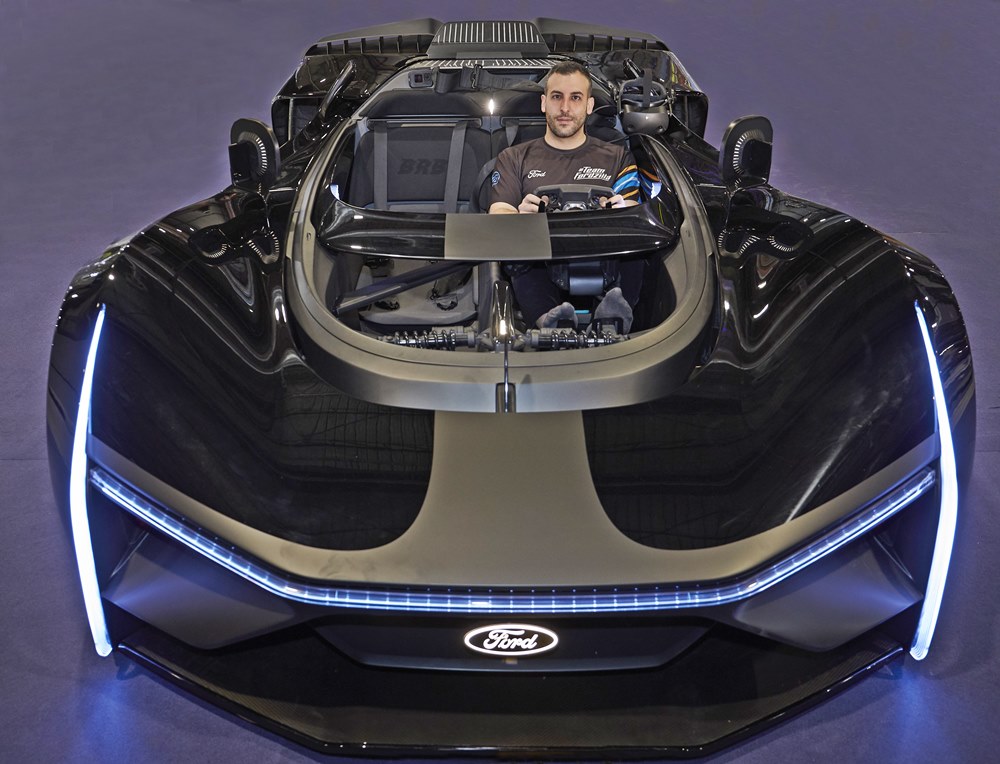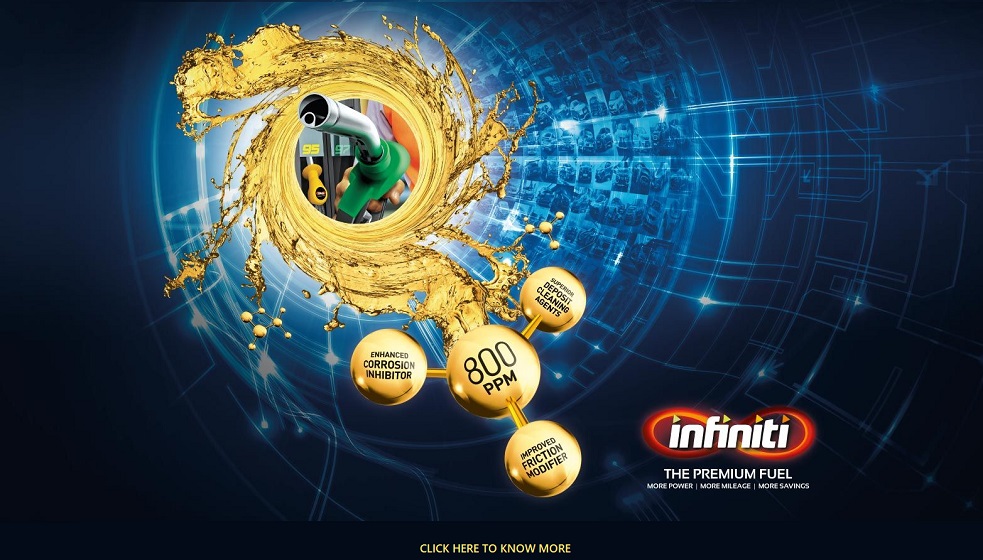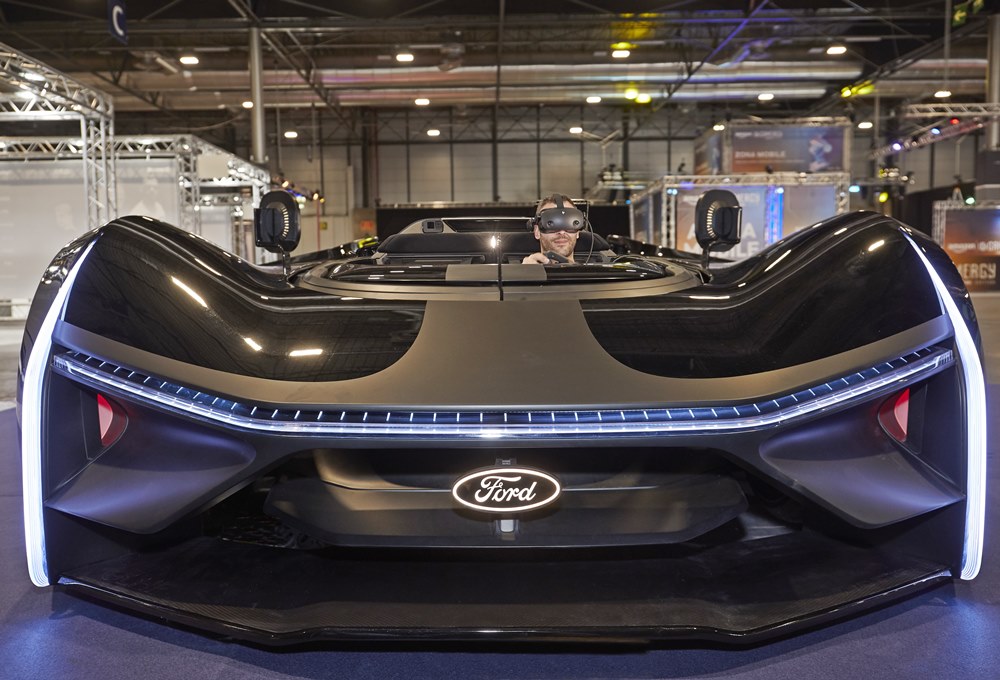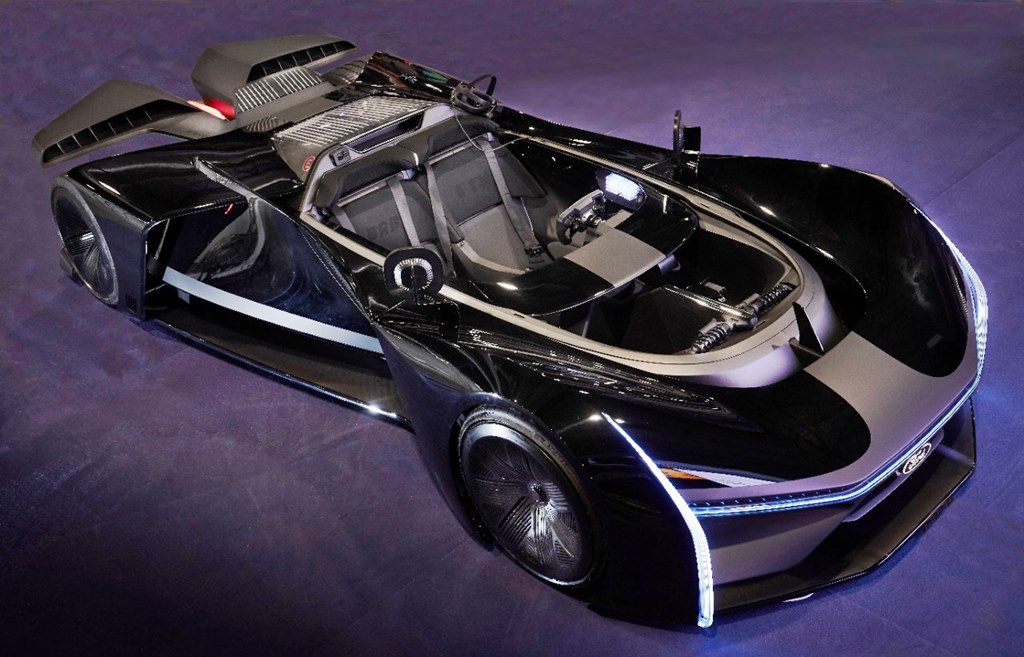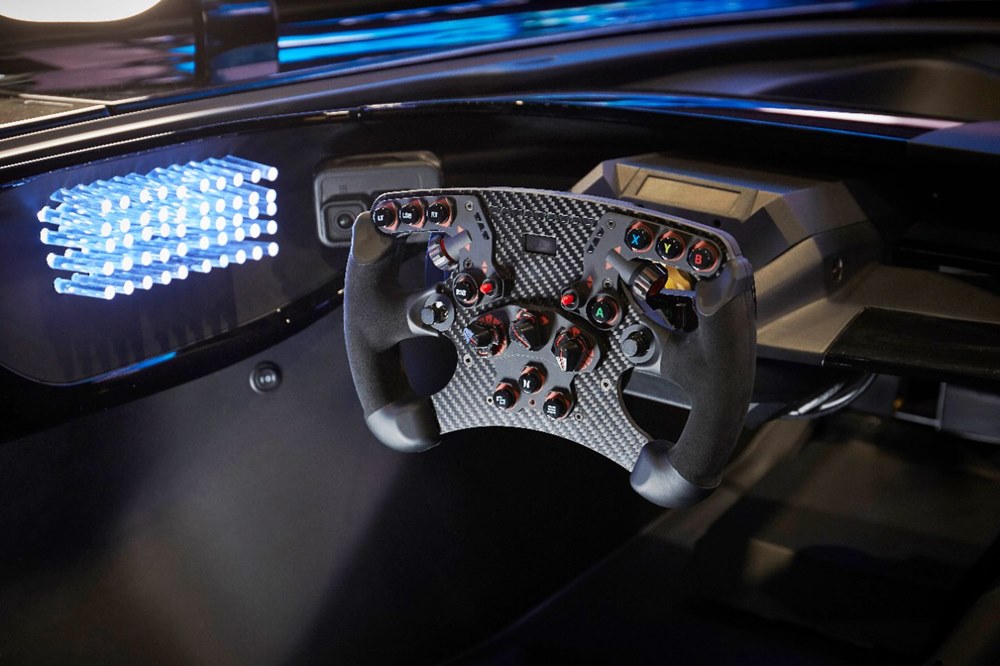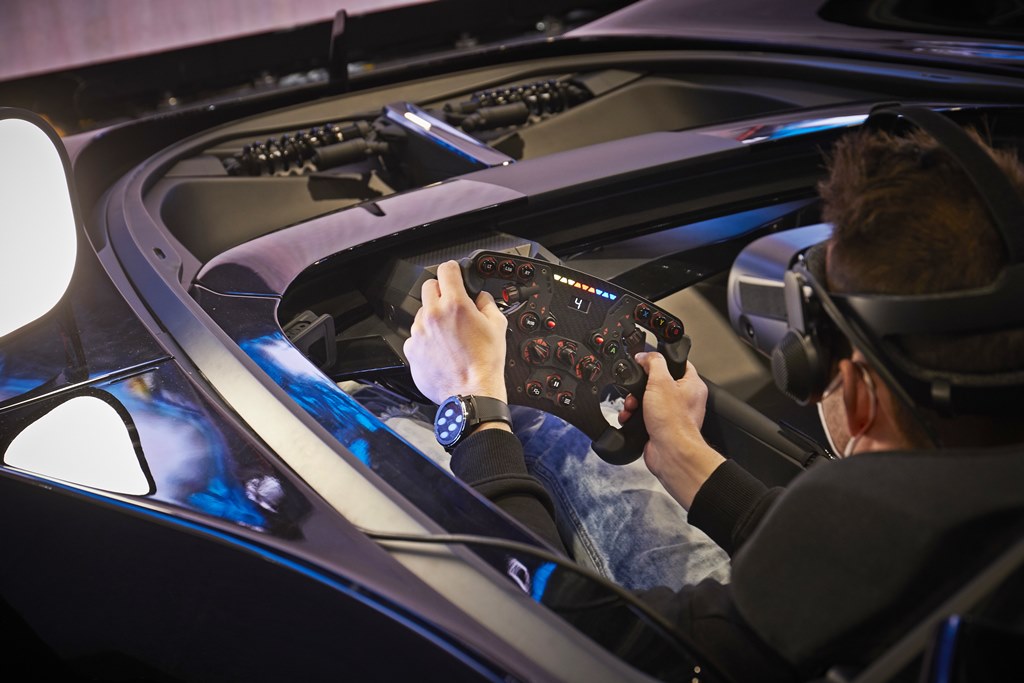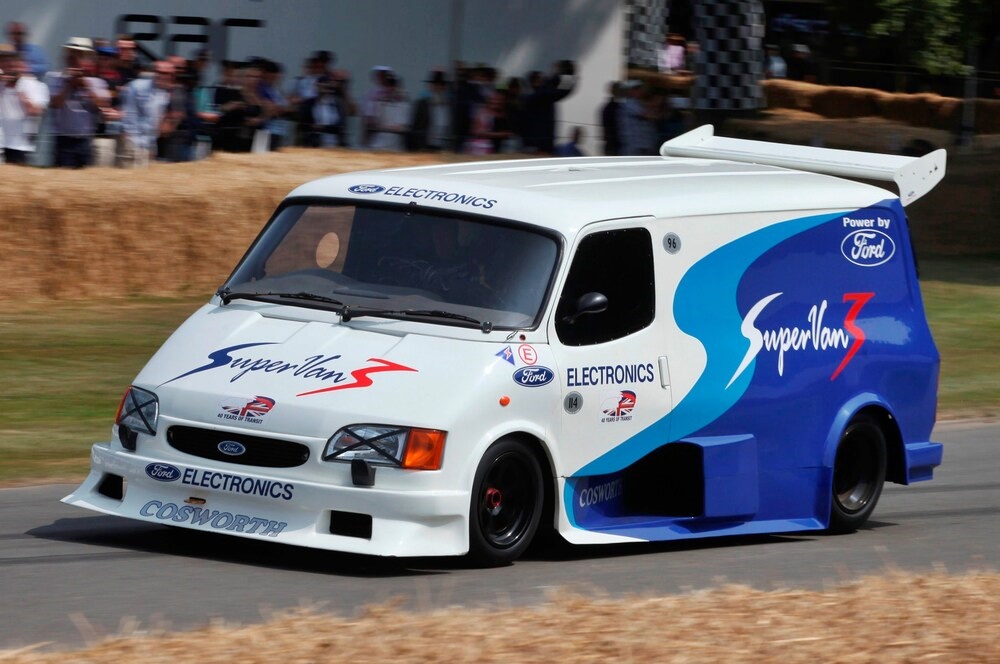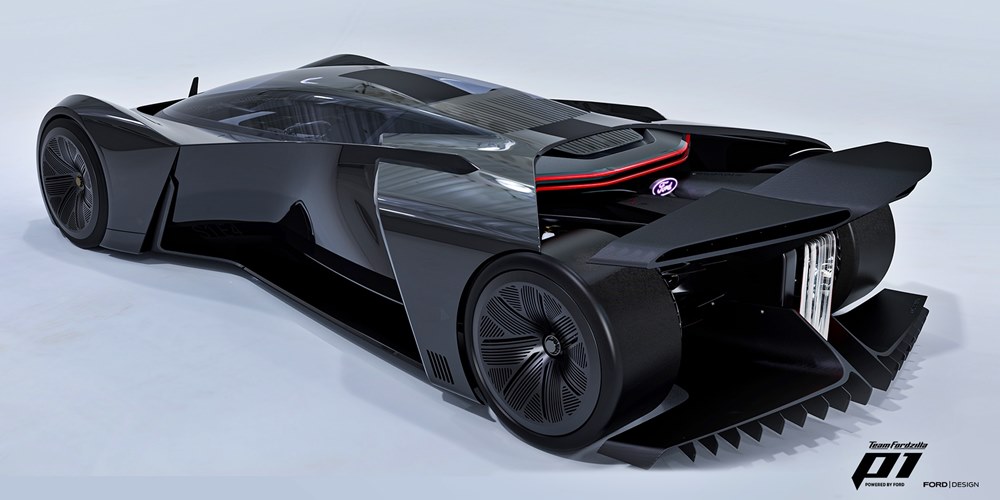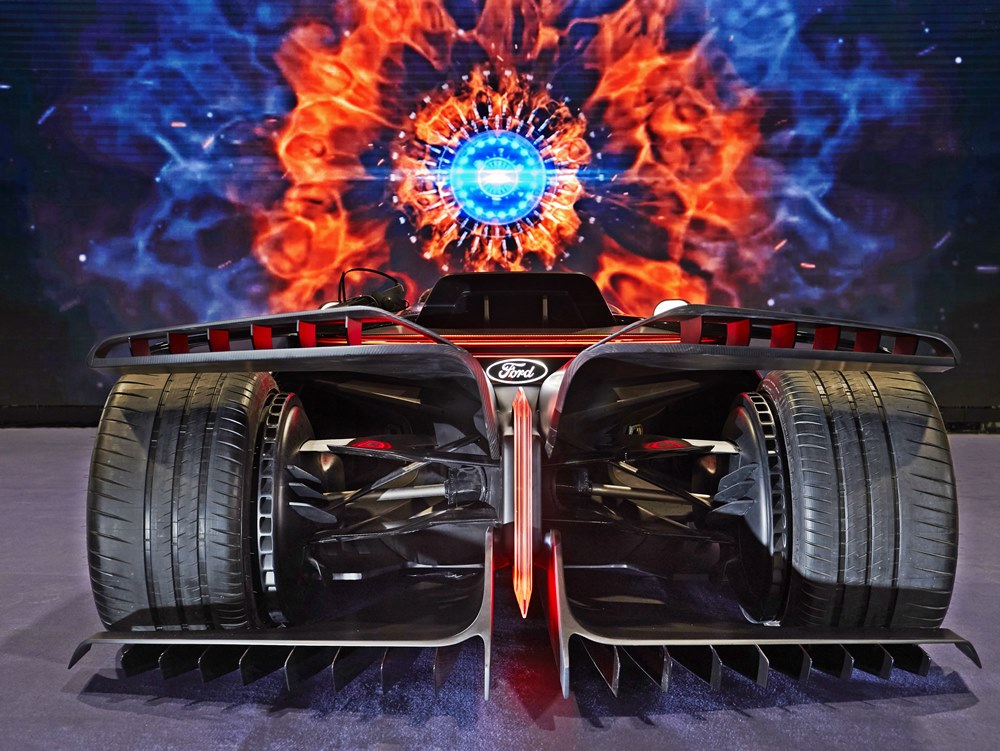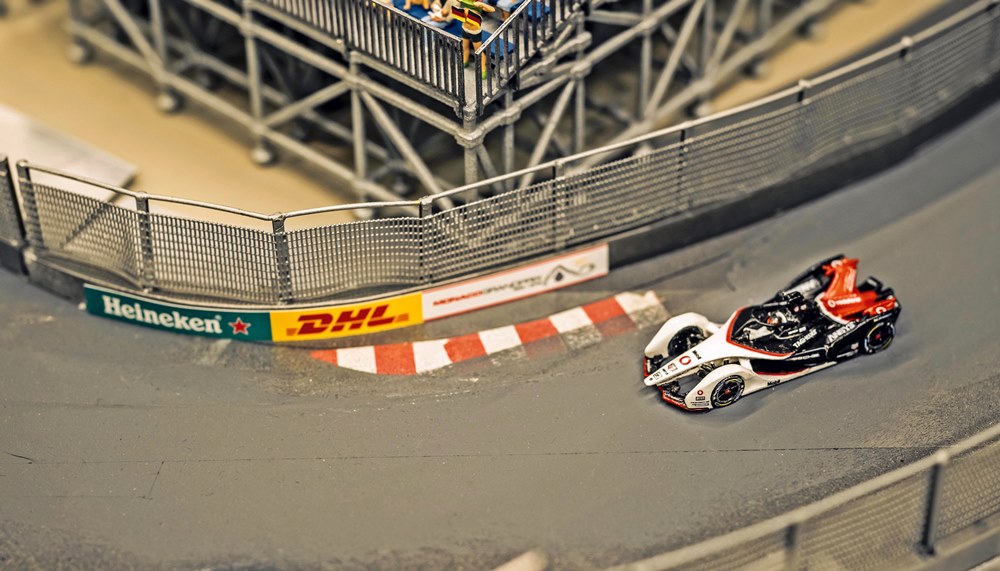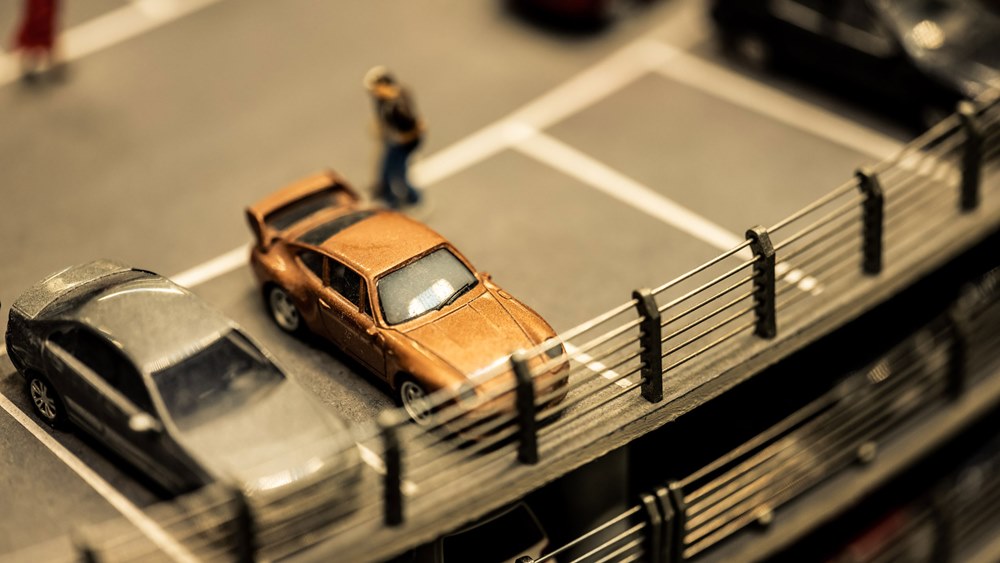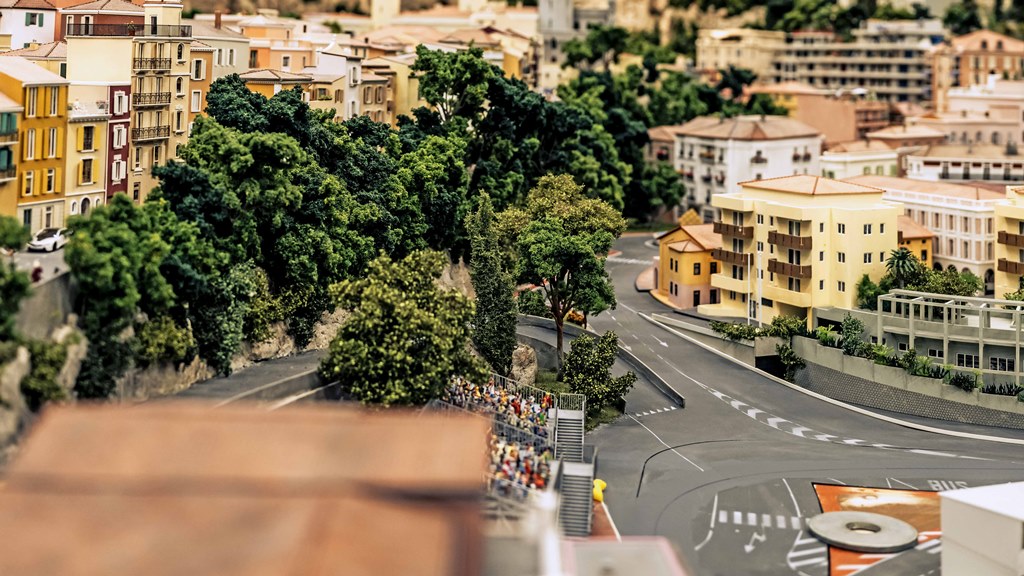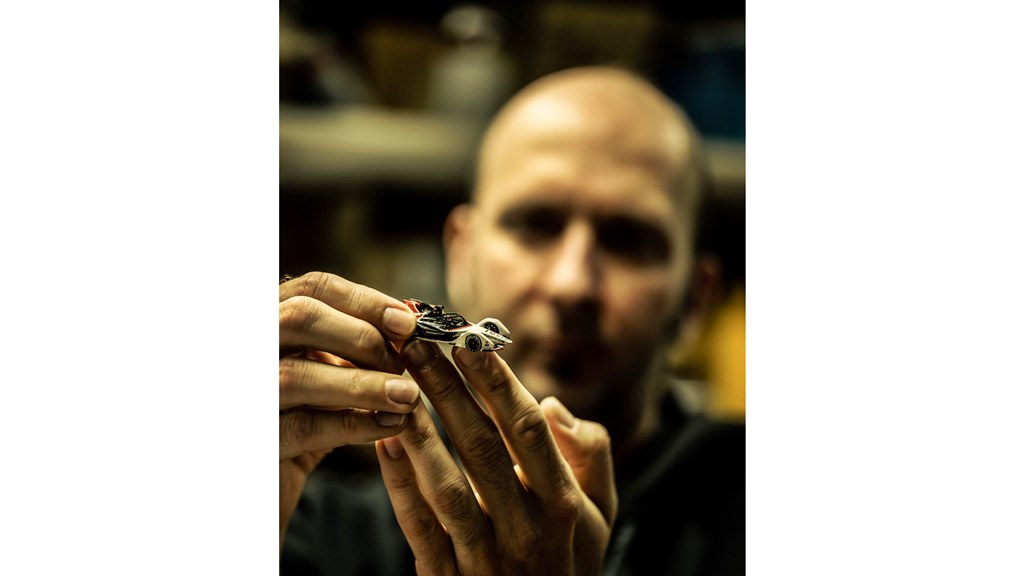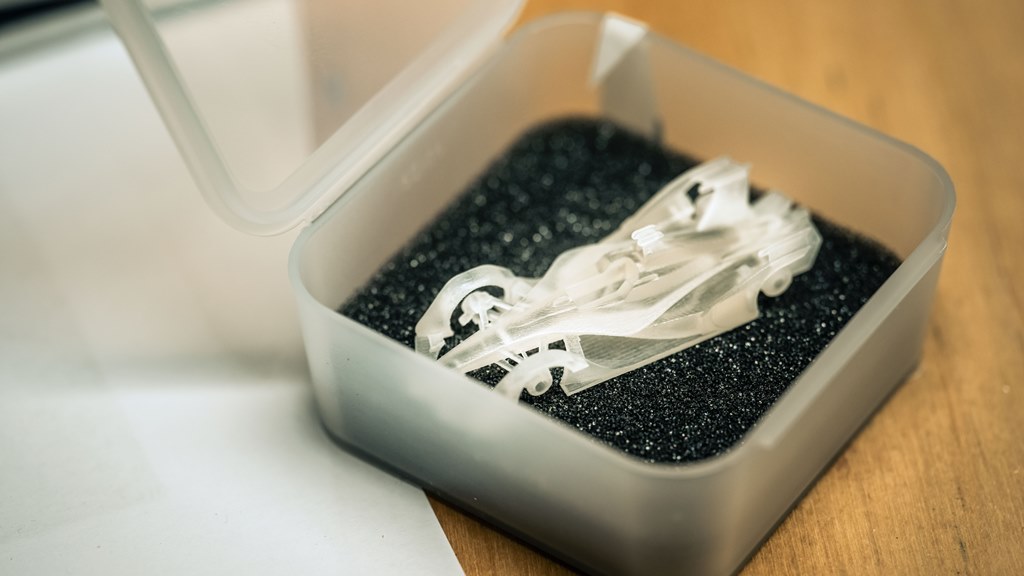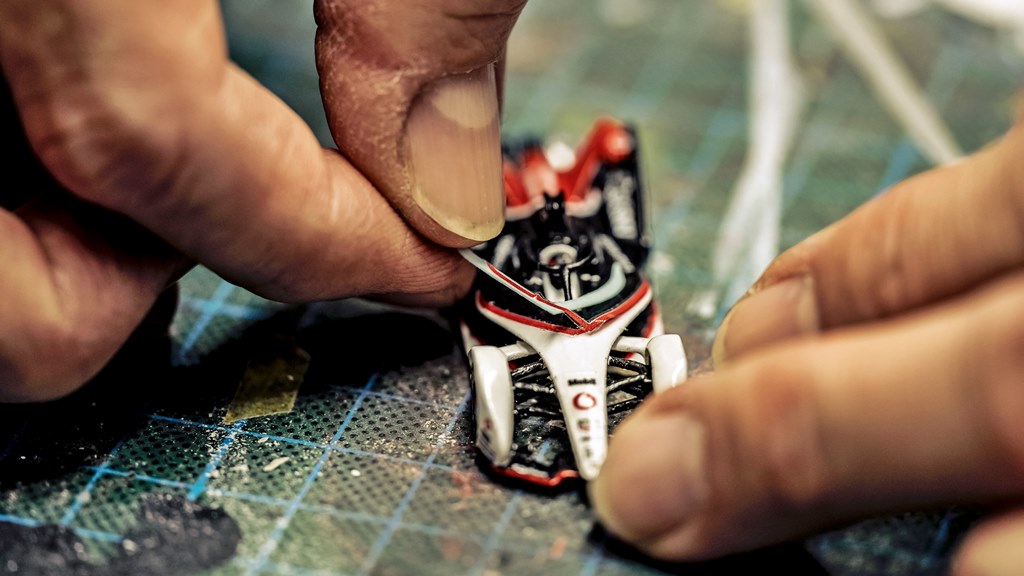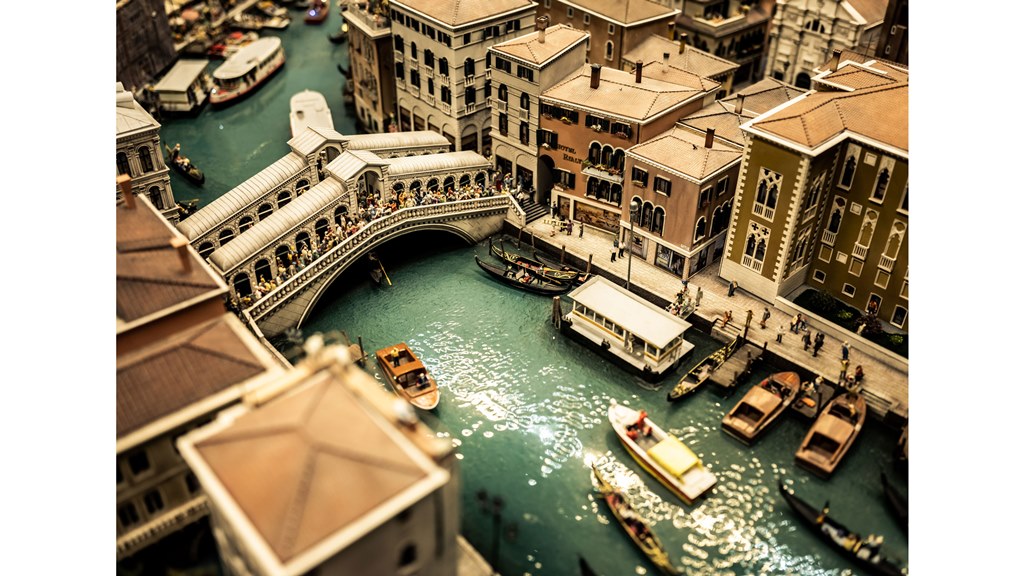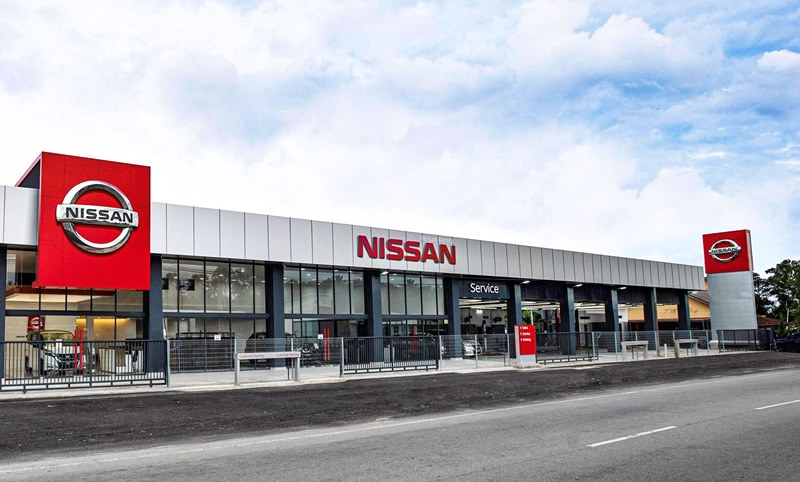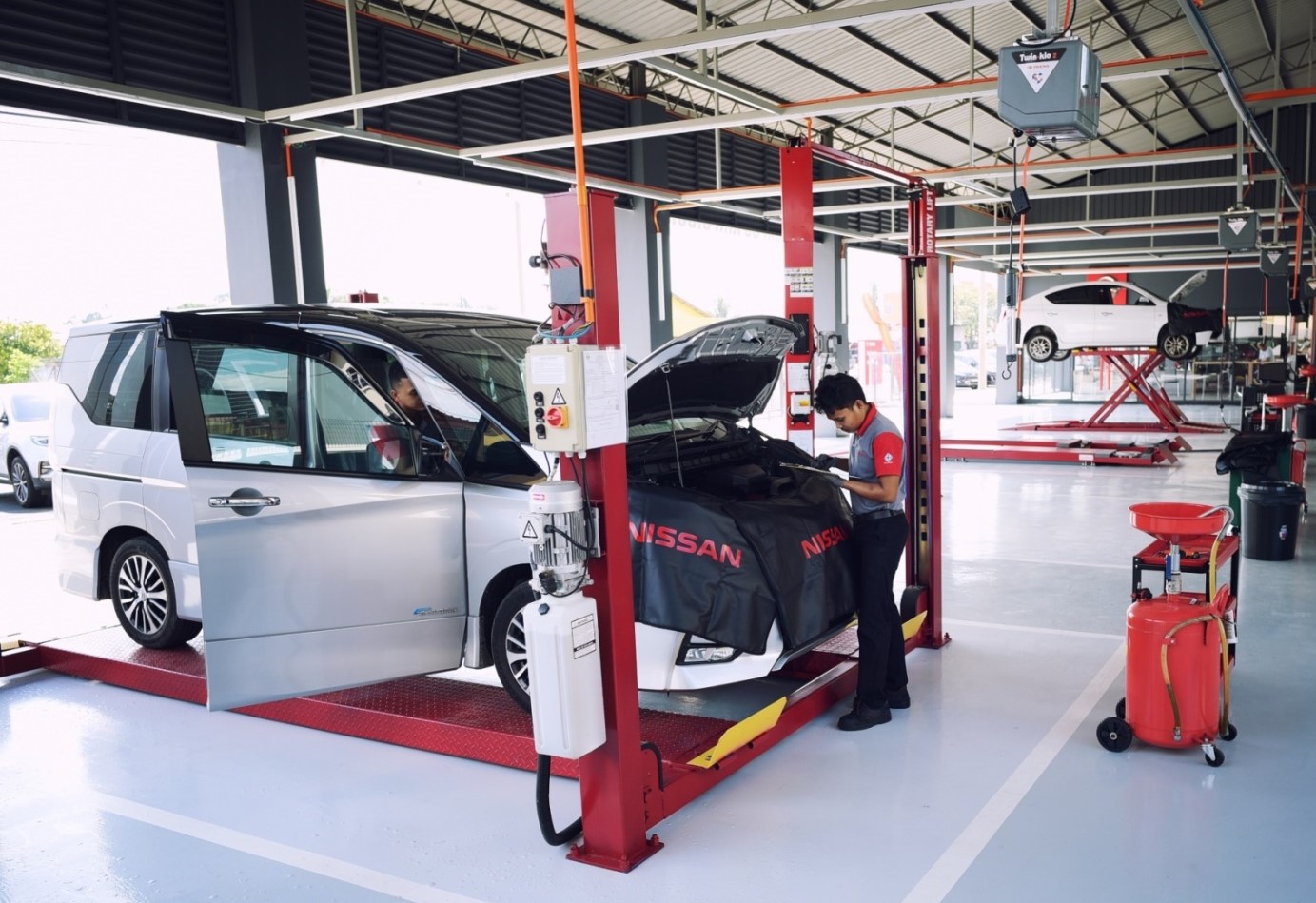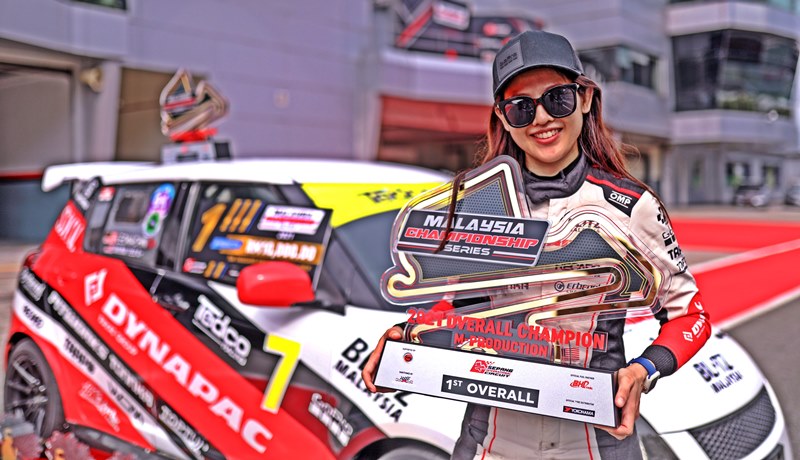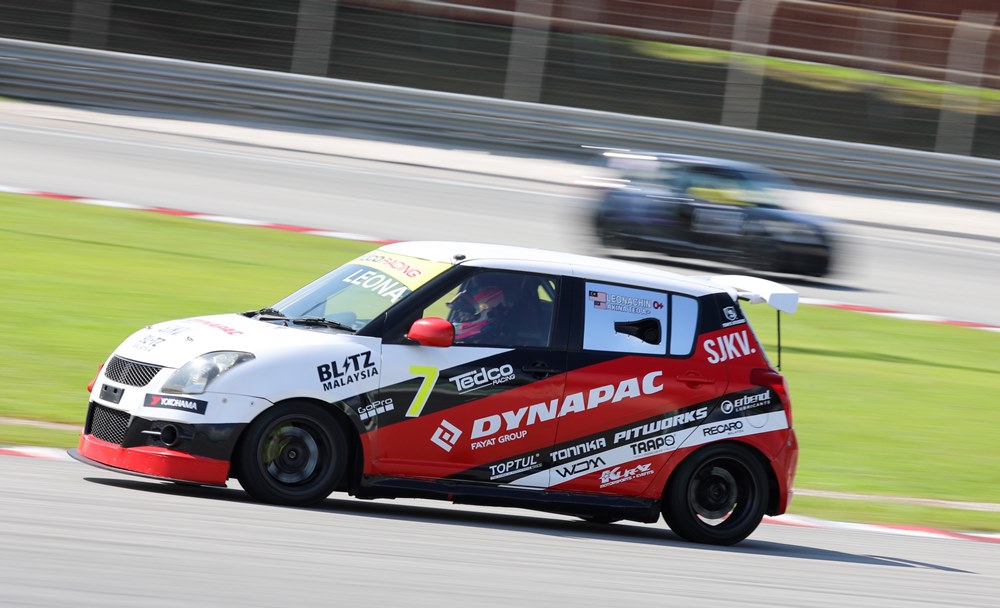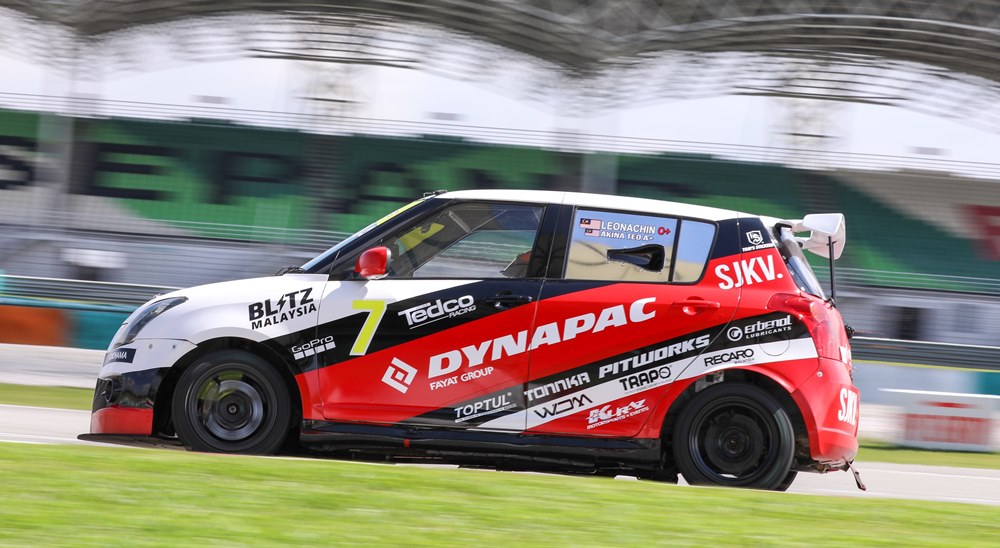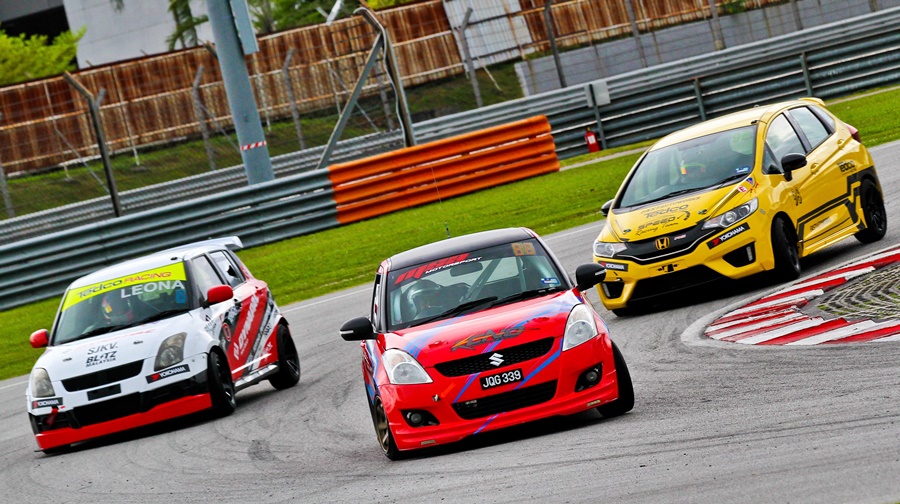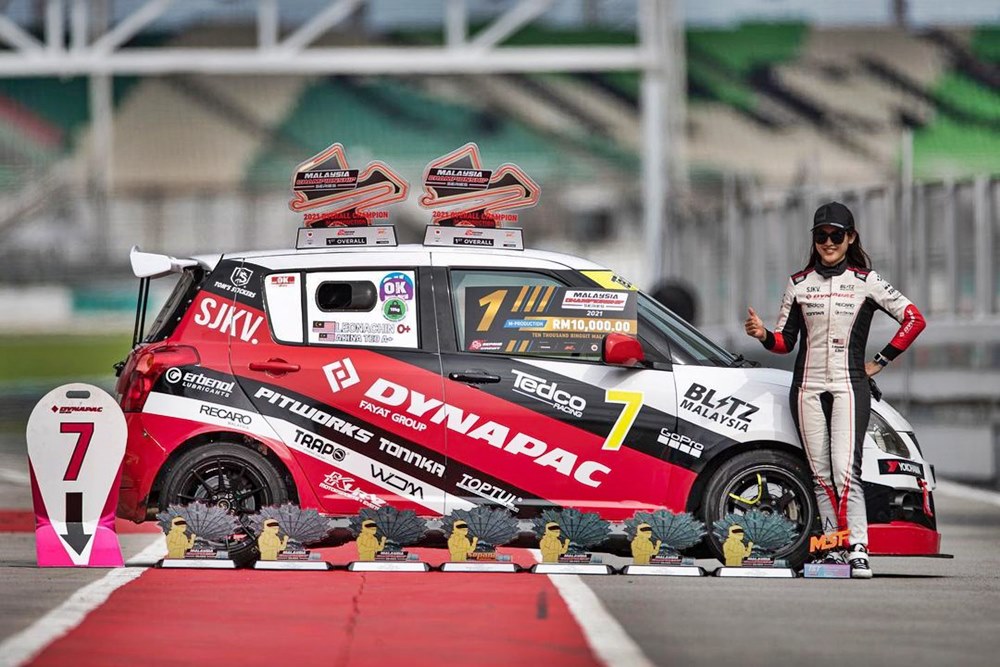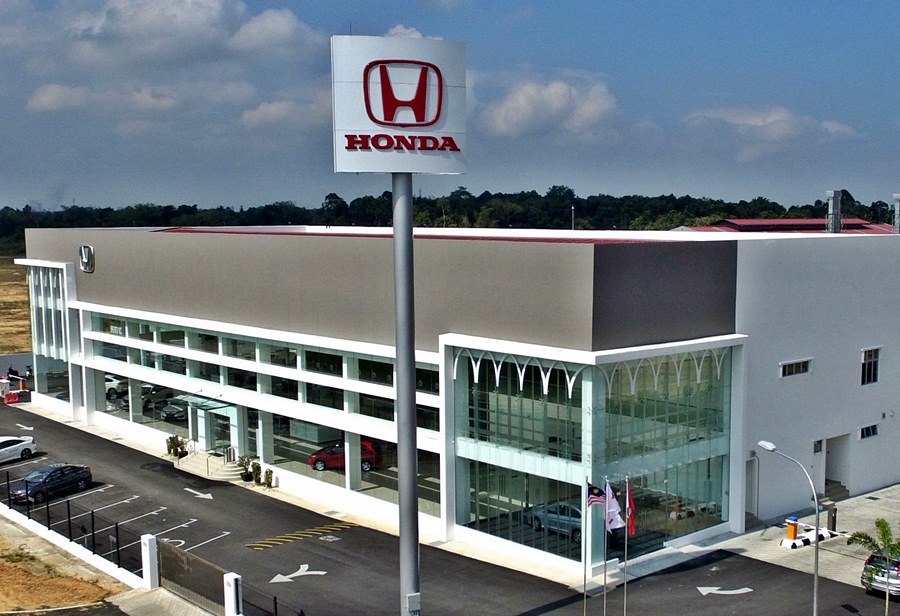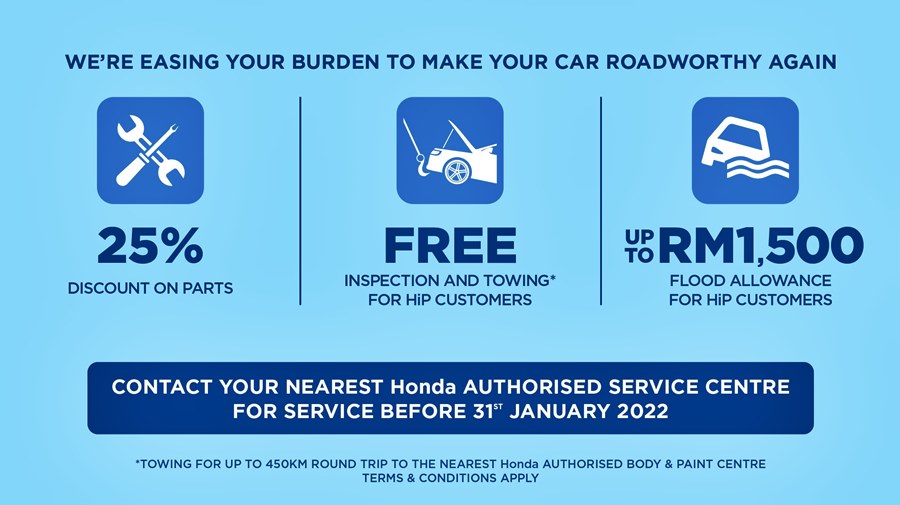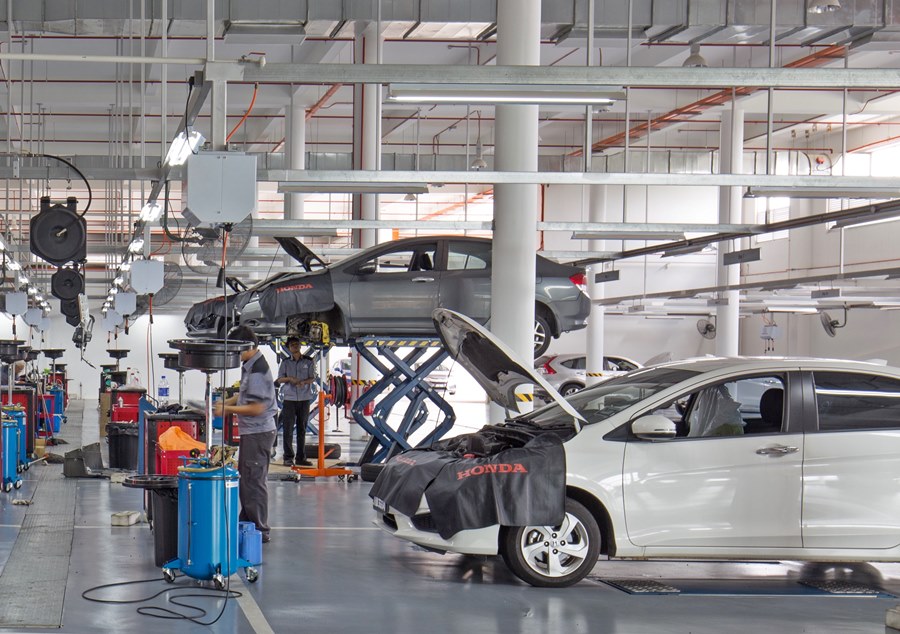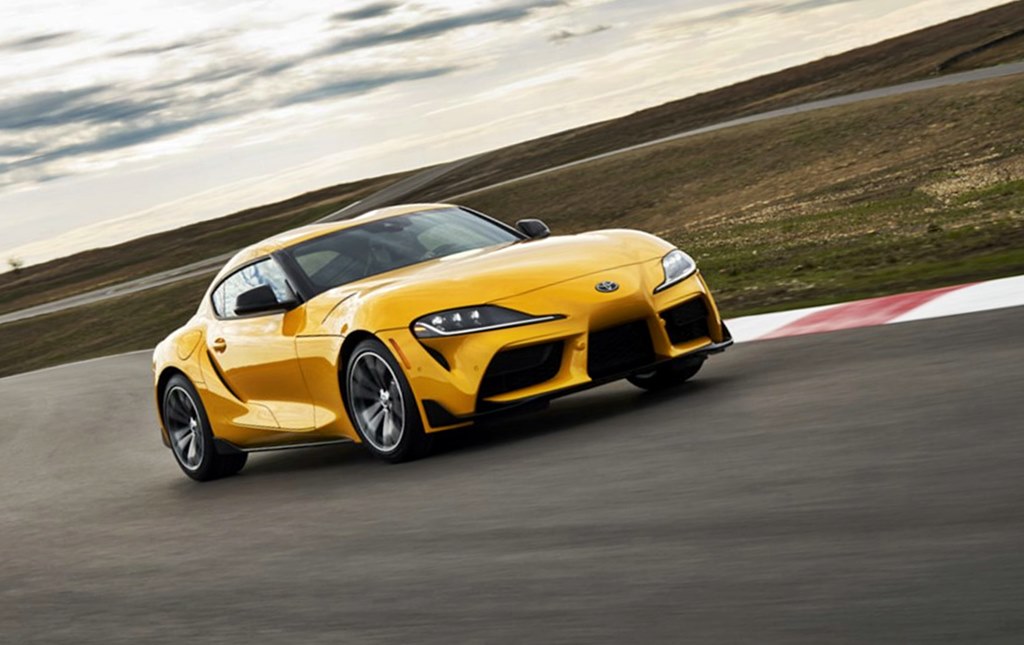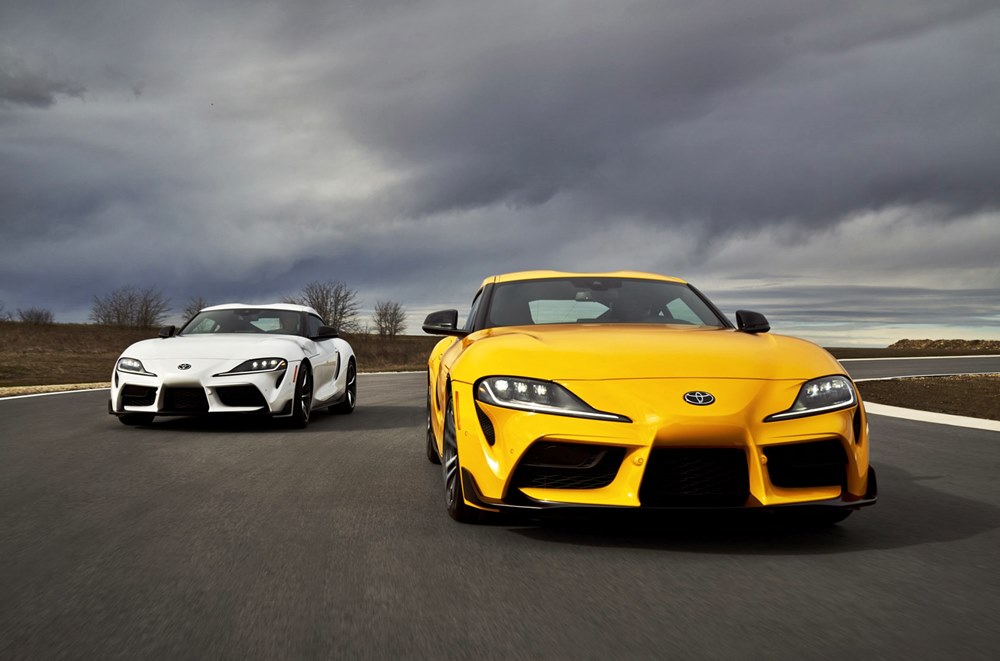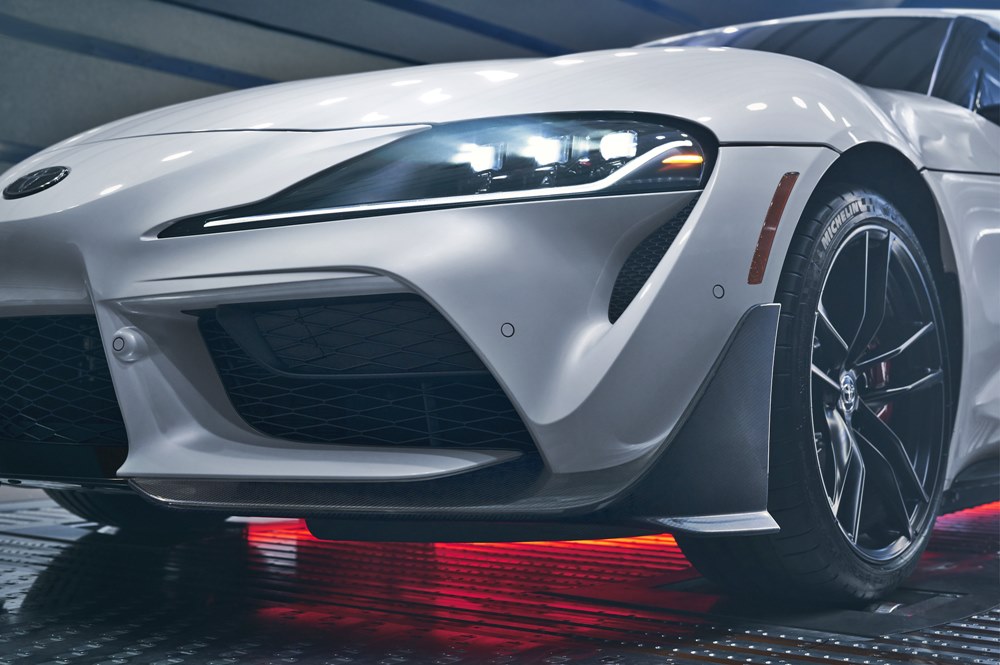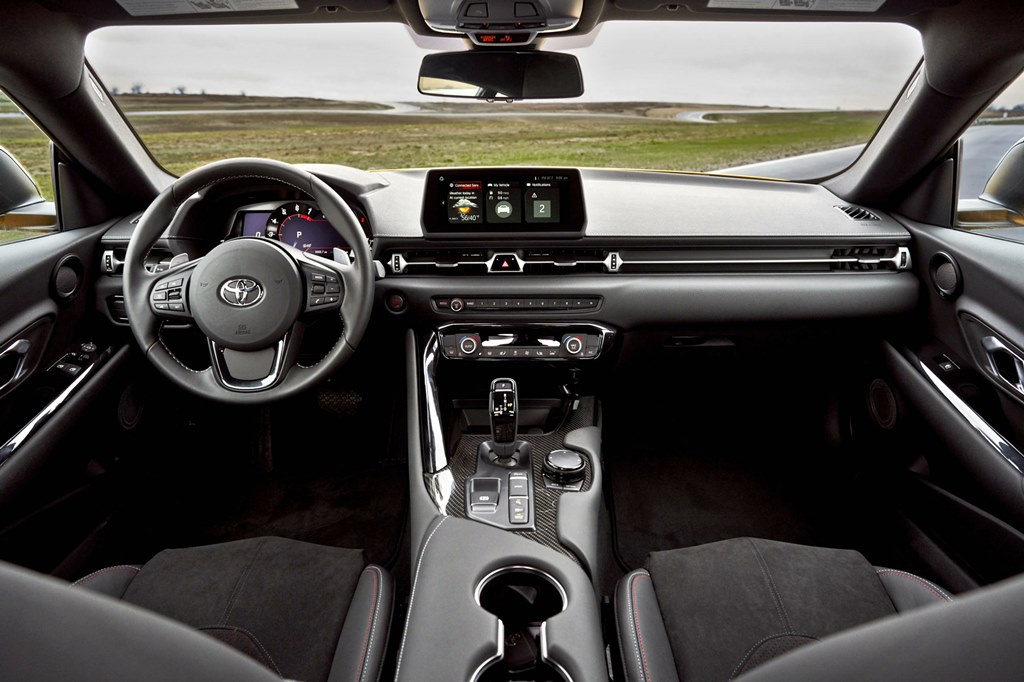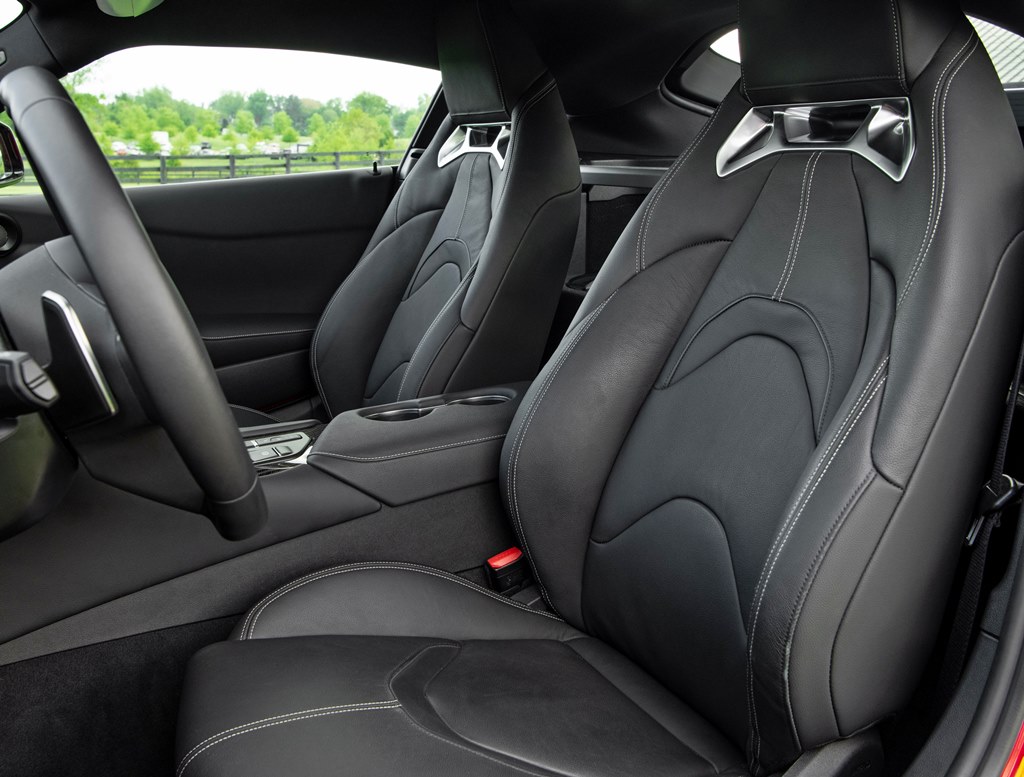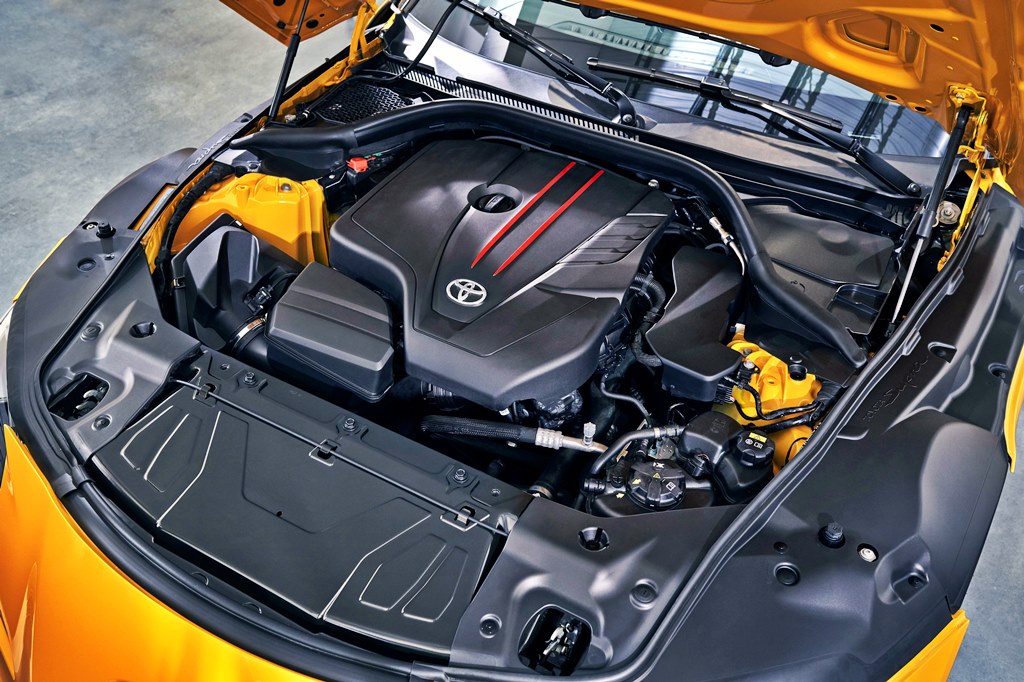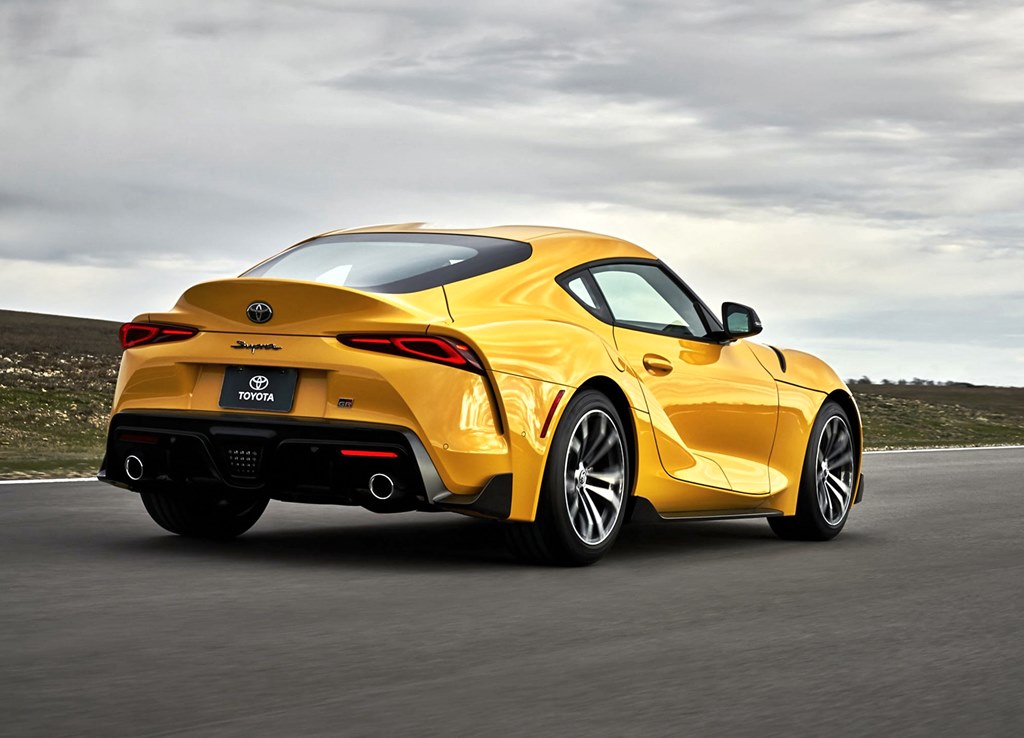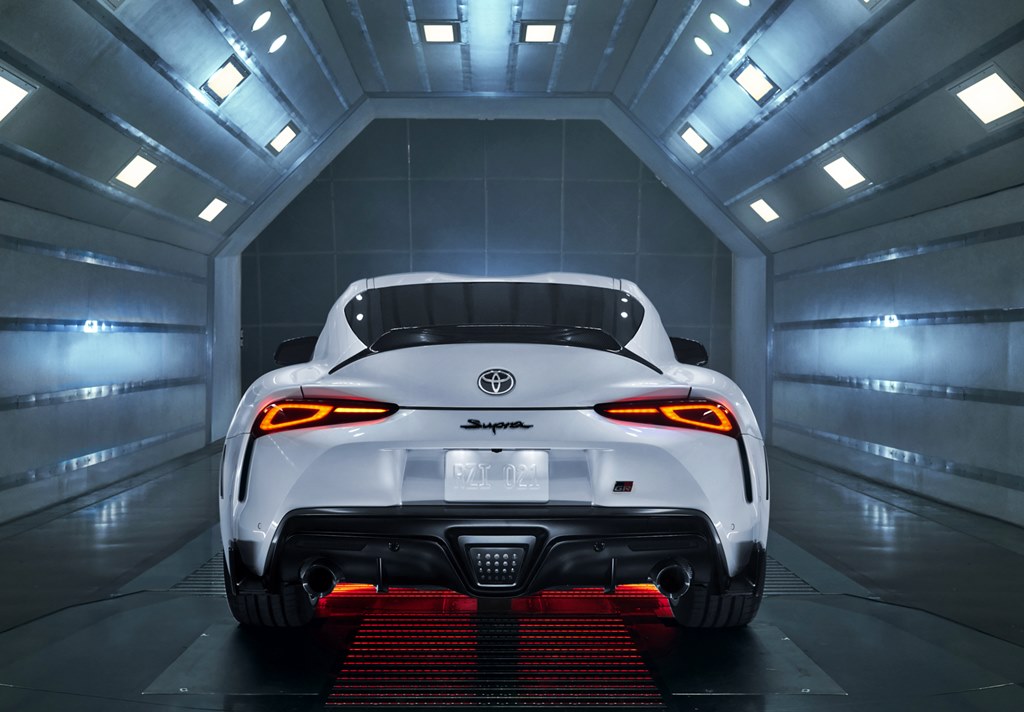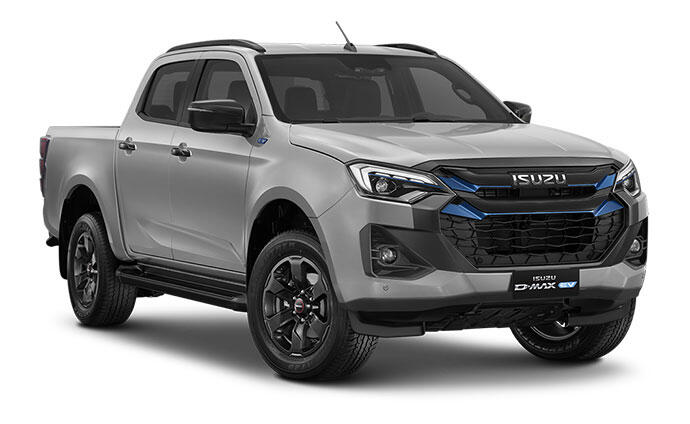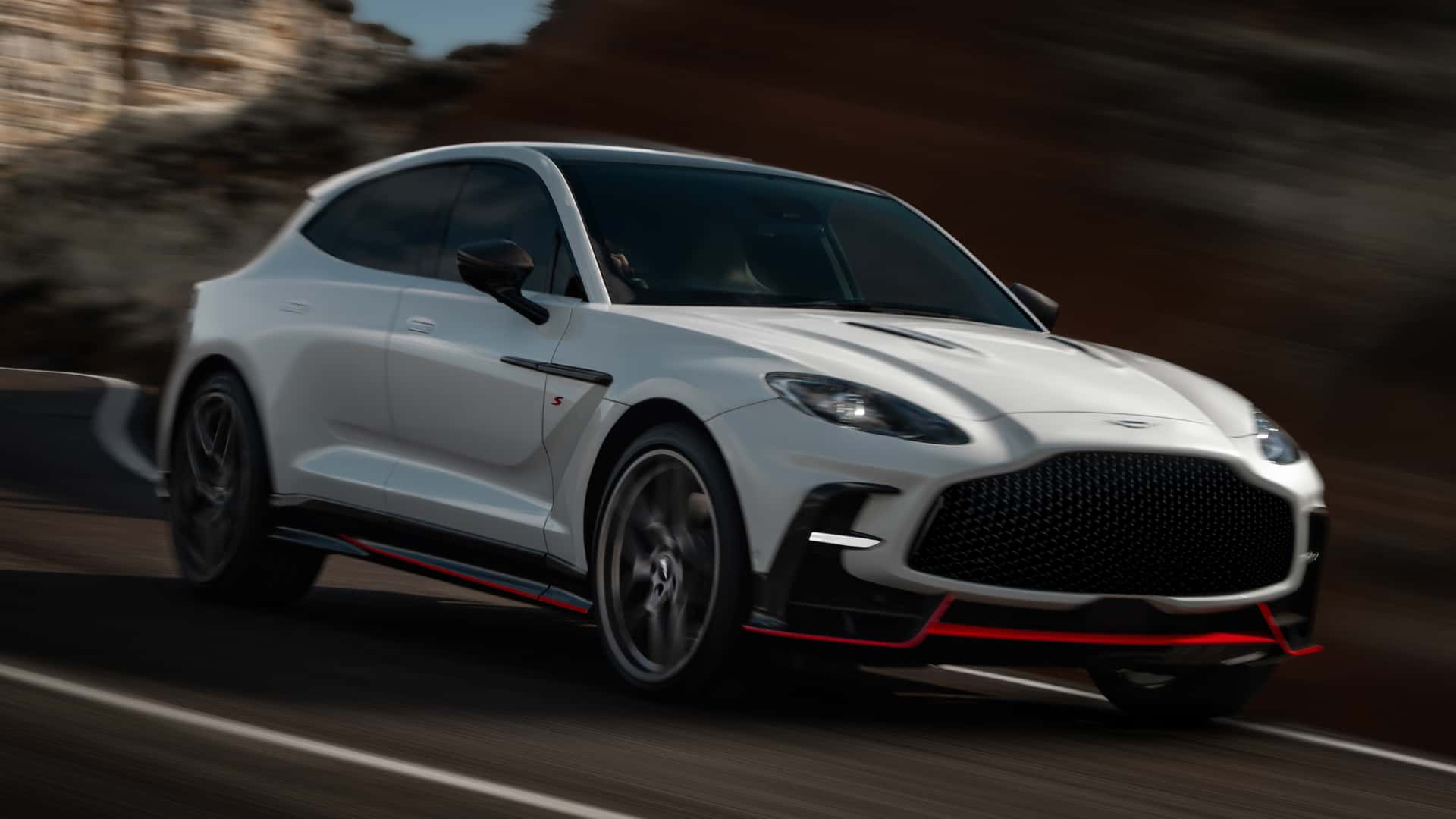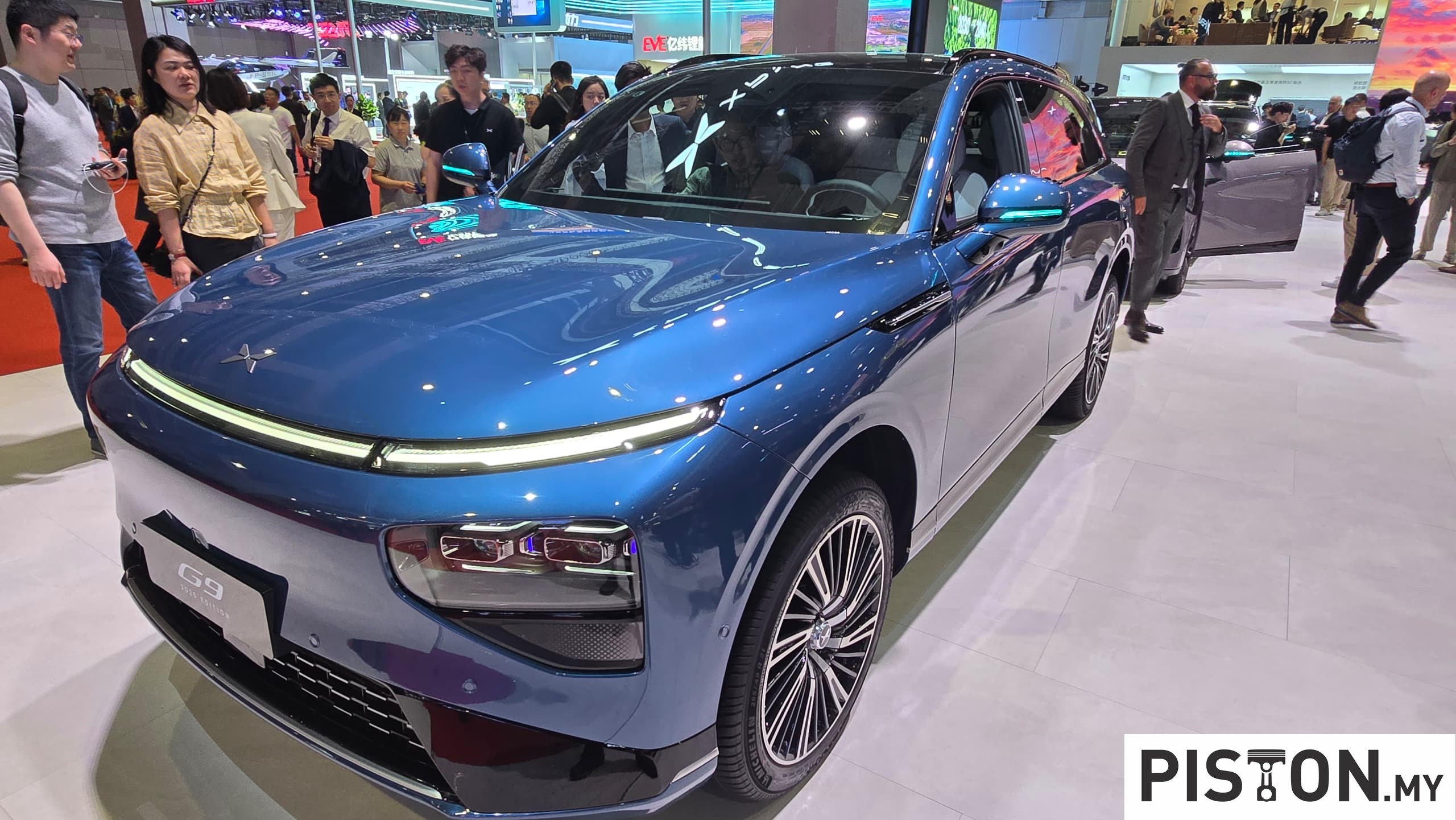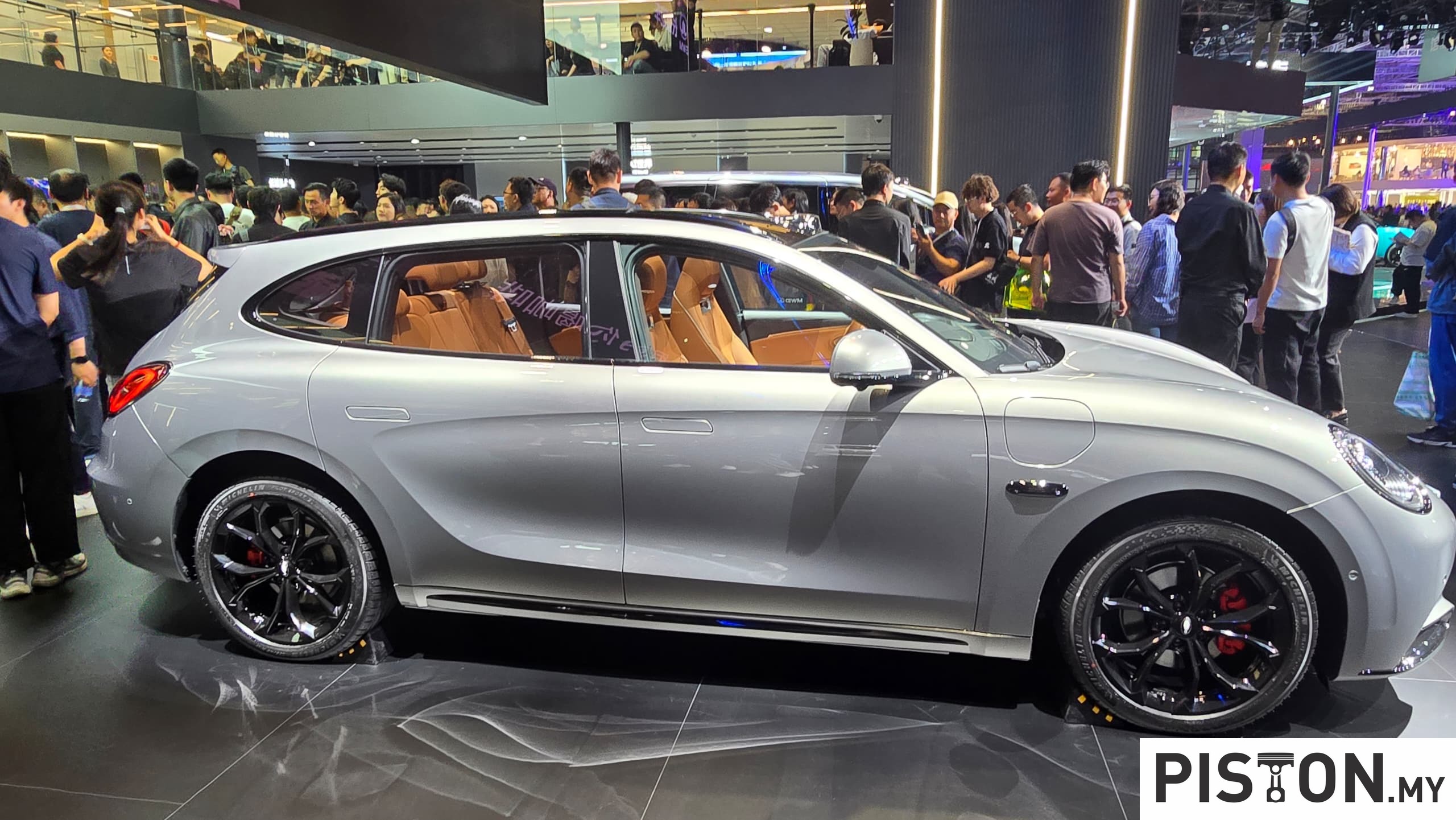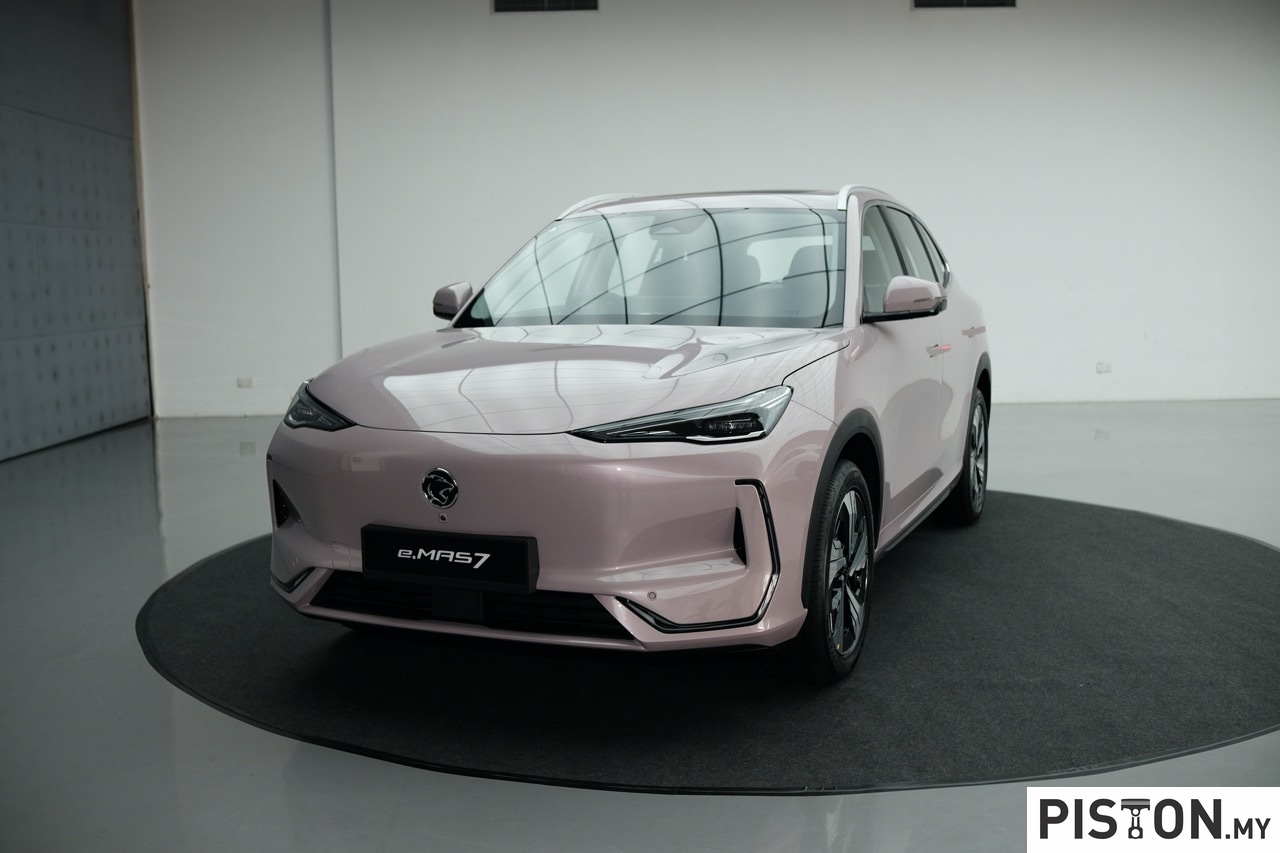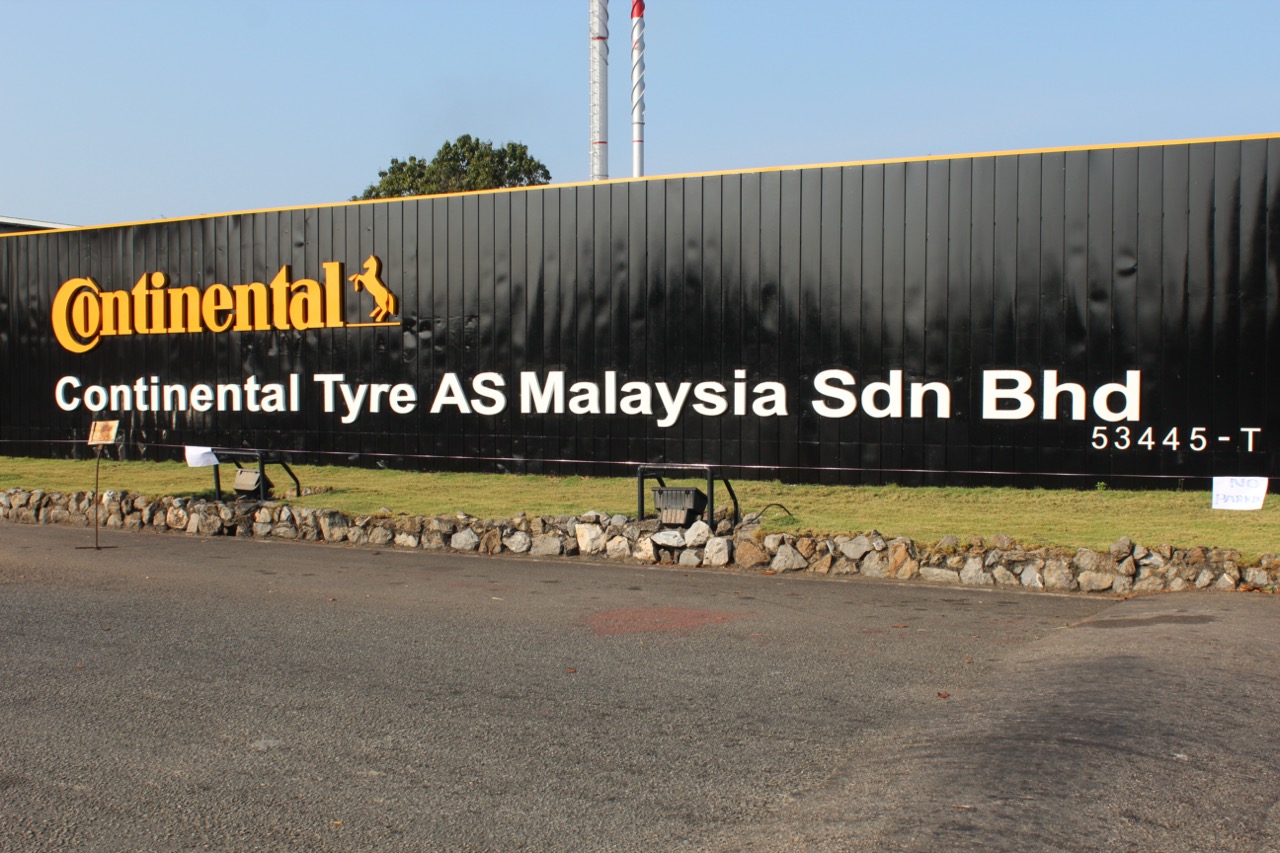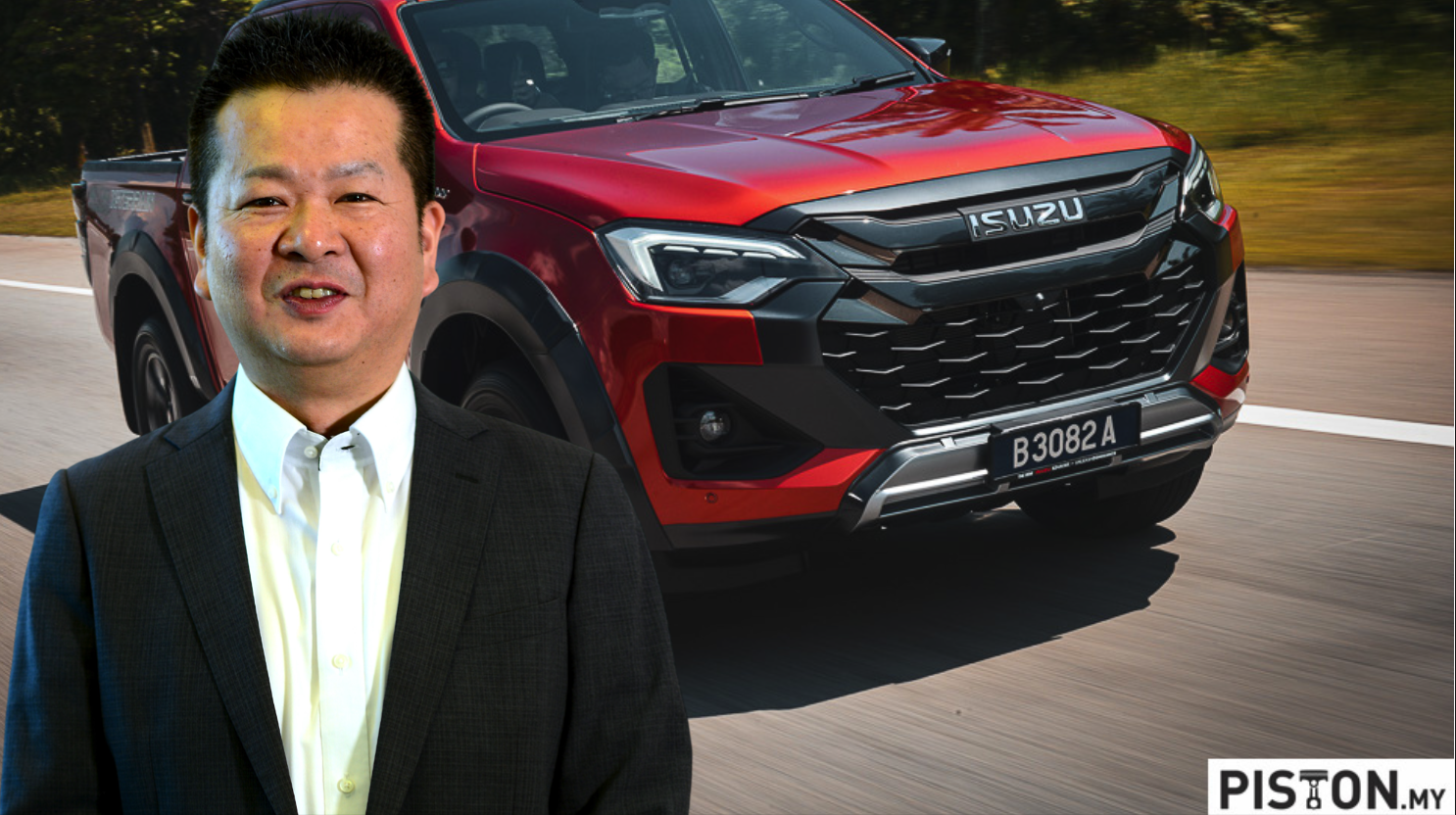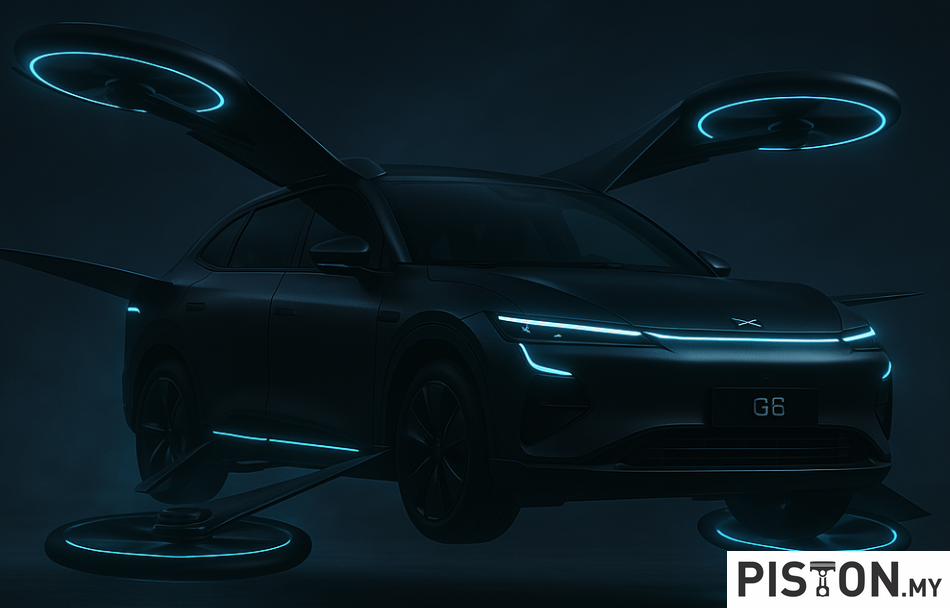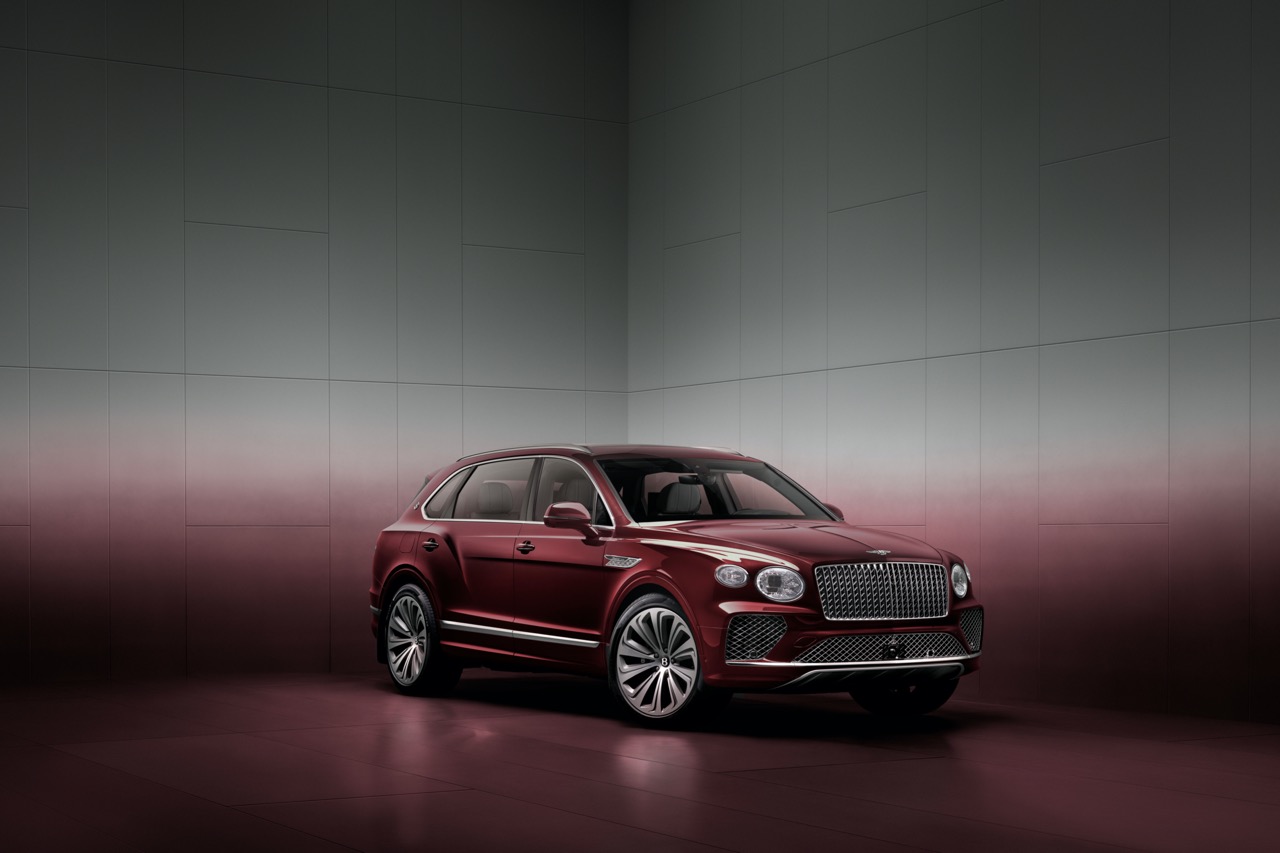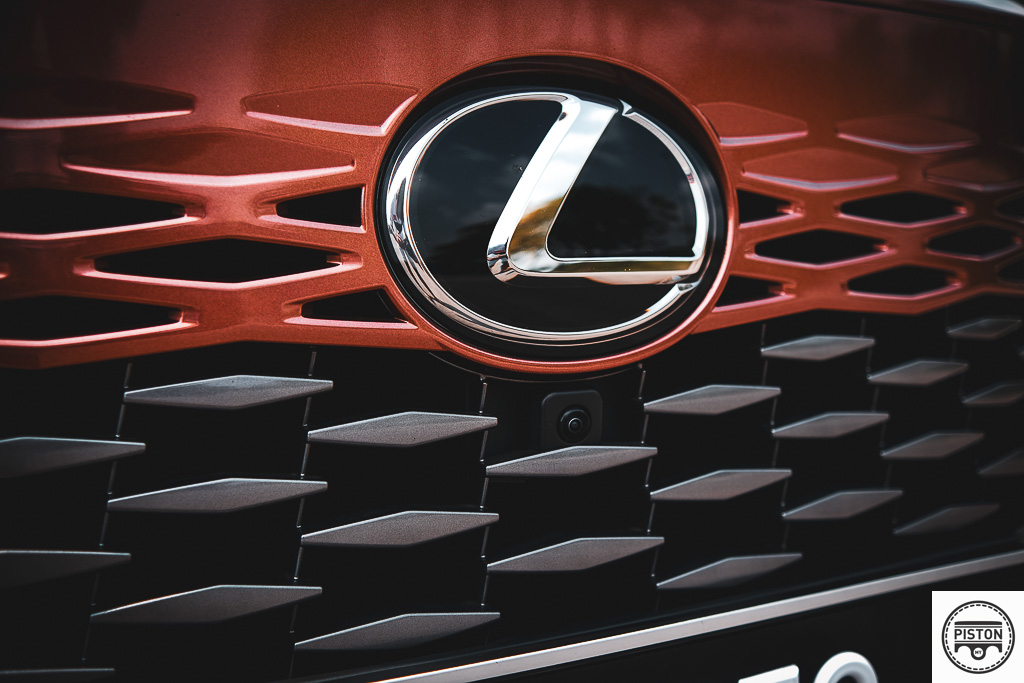The full-scale prototype of Team Fordzilla’s P1 – Ford’s virtual racing car created in collaboration with the gamer community – which was unveiled at gamescom 2021 as the ultimate racing simulator has been further developed with impressive new streaming capabilities.
Showcased at the Gamergy 21 event in Madrid, Spain, this month, it now has three 4k cameras that are aimed at the pedals, steering wheel and face. Also incorporated is a 10×4-metre screen so all the action of simracing streams from the P1 racer to gaming fans in an instant. The car is powered by an HP Z4 workstation with players controlling the game through an integrated gaming steering wheel and pedals. HP Reverb G2 goggles give the player a high-quality virtual reality display as they race the world’s great online racetracks.
Enhanced lighting, both front and rear, softly mimics a sleeping person’s breath as the P1 awaits the next race. They then come to life during race time, as the rear lights synchronize with braking moments during play to connect outside spectators to the action. Aural stimulation is also offered, with a built-in audio system channelling realistic, personalised sound design for the driver to take the racing simulator experience to a whole new level.
Project P1
When Team Fordzilla’s original P1 was unveiled, it was the first virtual racing car designed in collaboration between the gamer community and designers from a carmaker. The team unveiled a full-scale prototype of the vehicle 3 months later.
Following the success of the P1 project, Team Fordzilla is now launching a second series as it again seeks collaboration with gamers and Ford designers to create a new Supervan. Ford has experience creating race-inspired Supervans based on its Transit models, the first being 50 years ago in 1971. The new Supervan Vision Concept will imagine what an extreme performance model of future Transit models will look like in the virtual dimension.
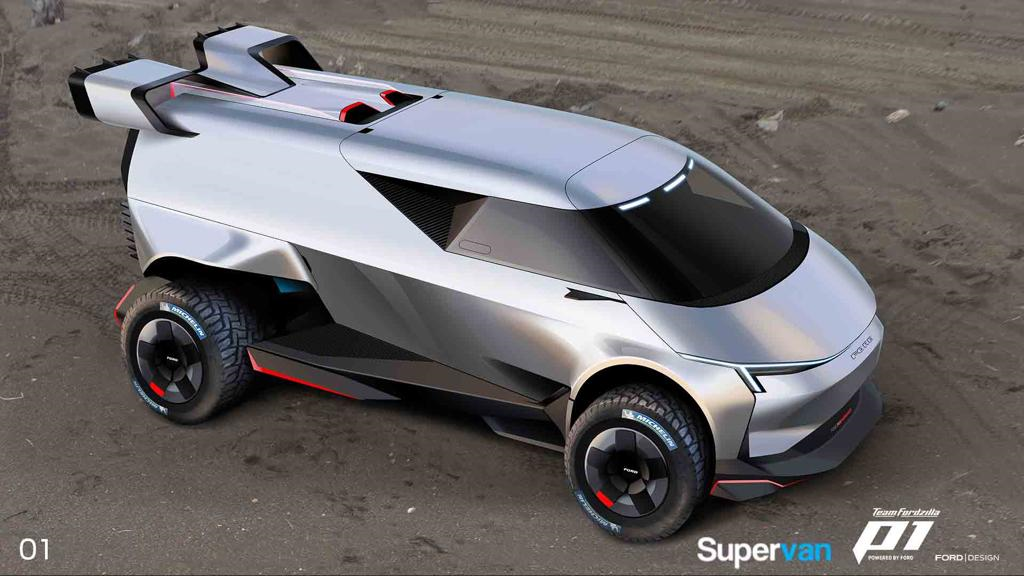
Team Fordzilla
Team Fordzilla made its debut at gamescom 2019 and set out to find driver teams in Germany, Spain, France, Italy and the UK, with a team captain selected for each. In addition to competing in regional and European simulation racing championships, Team Fordzilla also hosted its first Fordzilla Cup competition in 2020.
“The P1 racer is an incredible design project and as a racing simulator is a fantastic experience for the player. This latest development with HP means we can stream that excitement to more people and help them to see the future possibilities of simracing,” said Emmanuel Lubrani, Team Fordzilla, Ford of Europe.
Synergies between gaming and mobility
With the distinction between real and virtual worlds blurring, Ford is increasingly intrigued by synergies between gaming and mobility and how they could help shape the way in which we all get about in the future – whether that is as commuters, as passengers in autonomous vehicles or simply enjoying the thrill of performance.
In 2017, it was the first carmaker to have a stand at Gamescom, which it also later used to conduct the first-ever vehicle reveal at the show. This was the Ranger Raptor, the performance version of the popular global pick-up.
Ford forming racing teams in Europe to compete in esports competition [w/VIDEO]




